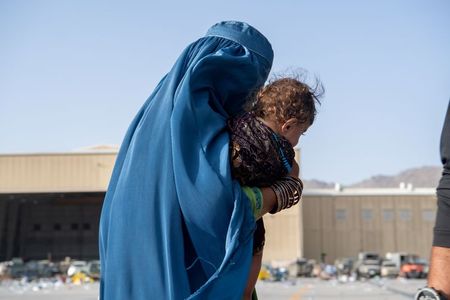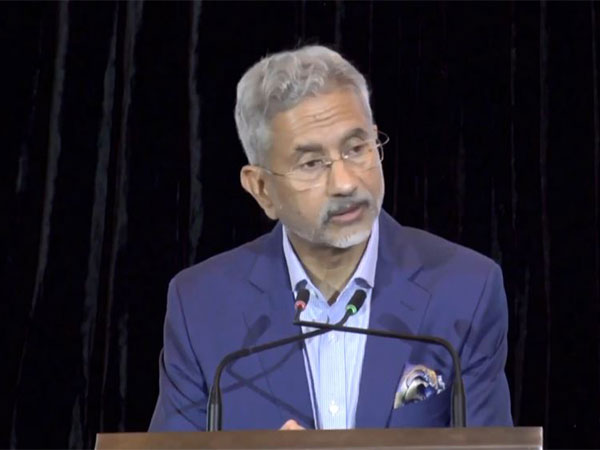
The dramatic first month of the Taliban’s rule in Afghanistan

(Reuters) – It has been a month since the Taliban swept to power in Afghanistan, seizing the capital Kabul with barely a fight.
Following are the main events in Afghanistan over the last month:
Aug. 15 – Taliban fighters enter the capital Kabul, completing a lightning offensive that saw provincial capitals fall to the insurgents like dominoes. The speed and ease of their conquest surprised even the Taliban.
– There is an immediate scramble by foreigners and Afghans to leave the country, leading to chaos at the international airport. Several people are killed.
Aug. 17 – U.S. President Joe Biden breaks his silence on the U.S. military withdrawal from Afghanistan which presaged the Taliban’s return to power. Desperate scenes at the airport lead to recriminations against Washington from around the world.
– Taliban spokesperson Zabihullah Mujahid gives the first press conference by the Taliban since their victory. He seeks to reassure Afghans and the international community, saying women’s rights will be respected and there will be no reprisals.
Aug. 18 – Anti-Taliban protests erupt in the eastern city of Jalalabad. At least three people are killed.
Aug. 19 – Scenes of chaos at Kabul airport persist, dominating global headlines. Several more people are killed as Taliban members open fire and people stampede.
– Despite Taliban assurances, reports of former enemies being rounded up for questioning persist and journalists complain of beatings and, in the case of some women, being turned away from work.
– Anti-Taliban protests break out in Asadabad and Kabul.
Aug. 21 – The Taliban say the group will investigate reports of atrocities and protect people’s rights. They also say the airport chaos is not their fault and that they are trying to provide a smooth exit for those with correct paperwork.
Aug. 23 – Haji Mohammad Idris is named acting governor of the central bank amid economic turmoil. Many businesses and banks remain shut and prices for staples climb rapidly.
Aug. 24 – The World Food Programme says millions of Afghans could soon face starvation, given the security situation, COVID-19 and drought.
Aug. 26 – A suicide bomb attack near the airport in Kabul kills scores of people, including 13 U.S. troops. Some Western media reports put the final death toll at nearly 200. The attack was claimed by a local offshoot of Islamic State.
Aug. 27 – The U.S. military says it launches a drone strike against an Islamic State “planner”.
Aug. 29 – A U.S. drone strike targets a suspected suicide bomber who the Pentagon said was preparing to attack Kabul airport. The Taliban later condemn the attack and say there were civilian casualties.
Aug. 30 – U.S. General Frank McKenzie, head of U.S. Central Command, announces completion of the U.S. troop withdrawal, ending the 20-year war.
– The Taliban declare independence for Afghanistan.
Aug. 31 – Long queues at banks, rising prices for staples and people taking risky land routes to try to leave Afghanistan are among the first challenges for the Taliban.
Sept. 3 – The Taliban say they have seized control of the mountainous Panjshir province north of Kabul, the final holdout held by anti-Taliban fighters. The self-proclaimed resistance movement says they are still fighting.
Sept. 4 – Kabul airport reopens for aid flights and domestic services.
Sept. 7 – The Taliban announce their new government, ending weeks of talks and speculation. Veteran members of the movement dominate the new cabinet, including several who were held in Guantanamo Bay and a minister on a U.S. terrorism wanted list.
Sept. 9 – The first commercial international flight under the new Taliban government leaves Kabul carrying more than 100 foreigners.
Sept. 13 – Donors pledge $1.1 billion for Afghanistan as aid dries up and countries remain wary of dealing directly with the Taliban.
Sept. 14 – Thousands of people protest in the southern city of Kandahar over Taliban plans to evict families from a former military colony.

















POST COMMENTS (0)